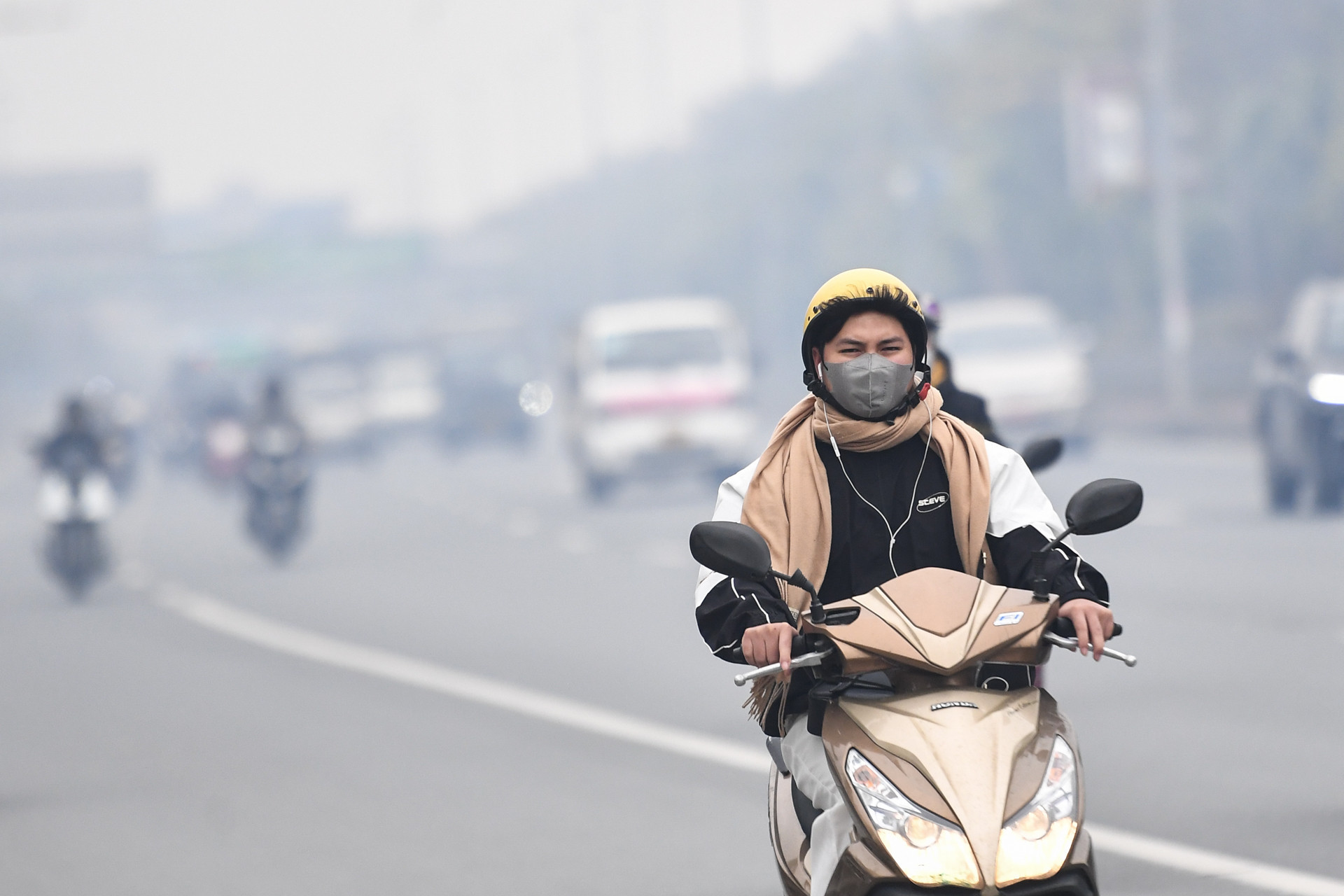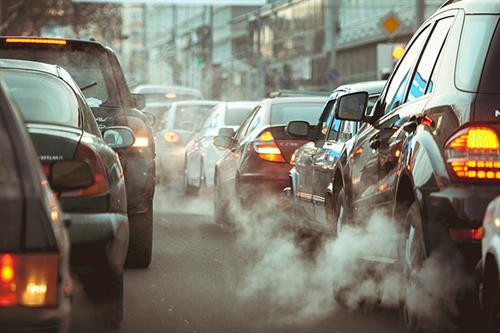
Emissions from transportation, particularly from old, substandard motorbikes, are considered the "number one enemy" of air quality in major urban areas such as Hanoi and Ho Chi Minh City.
With an overwhelming number of vehicles and a rapidly increasing rate of ownership, combined with loose emission controls and fragmented inspection systems, emissions remain a major source of pollution that has not been effectively managed.
According to 2024 statistics, Vietnam has about 77 million registered motorbikes, equivalent to 770 motorbikes per 1,000 people - among the highest rates globally. Hanoi alone has 6.1 million motorbikes and nearly 700,000 cars, while Ho Chi Minh City has over 7.3 million motorbikes and more than 630,000 cars. These vehicles are the primary sources of emissions in the country’s two largest cities.
Data from the Ministry of Agriculture and Environment reveals that in Hanoi, traffic accounts for up to 96% of fine particulate matter (PM2.5), 92% of carbon monoxide (CO), and 87% of nitrogen oxides (NOx) emissions, most of which stem from motorbikes.
Ho Chi Minh City similarly reports that motorbikes are responsible for 97.8% of CO and 69.2% of NOx emissions, highlighting an alarming level of pollution.
The main reason transportation has become a major source of pollution is the large number of outdated vehicles that fail to meet emission standards, combined with weak inspection and enforcement, especially concerning motorbikes.
According to Le Hoai Nam, Deputy Director of the Department of Environment (Ministry of Agriculture and Environment), developing and applying emission standards for motorbikes is one of the core solutions currently under study.
In addition, ministries are proposing the establishment of restricted zones during peak hours in major cities to reduce congestion and emissions.
Lack of synchronization between emission standards and fuel quality

One critical issue is the mismatch between emission standards and fuel quality. Since January 1, 2022, Vietnam has required new vehicles to meet Euro 5 standards. However, fuels on the market generally remain at Euro 2 or 3 levels, limiting the effectiveness of emission reduction efforts.
"Vehicles may meet Euro 5 standards, but the gasoline and diesel sold to consumers are mostly at Euro 2 or 3 levels, some reaching Euro 4. Without synchronization between fuel and vehicle standards, emission reductions will fall short of expectations," Nam warned.
Currently, the Ministry of Construction is responsible for issuing emission standards for newly manufactured or imported vehicles, while the Ministry of Agriculture and Environment sets standards for vehicles already in circulation. Relevant agencies are also working together to develop inspection systems, management frameworks, and penalties for emission violations.
Synchronizing vehicle standards, fuel quality, and emission control systems, particularly for motorbikes, is expected to be a breakthrough solution to improve air quality and protect public health in major cities.
According to the Department of Environment, Vietnam’s national emission standards for motorbikes are expected to be issued in May or June. The new regulations will impose stricter emission controls, with phased implementation tailored to each locality, especially heavily polluted cities like Hanoi and Ho Chi Minh City.
Vu Diep